Damphandoms - Science Is Significant.
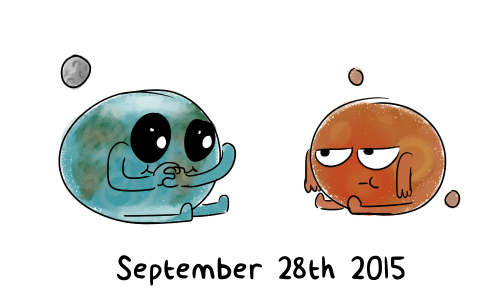
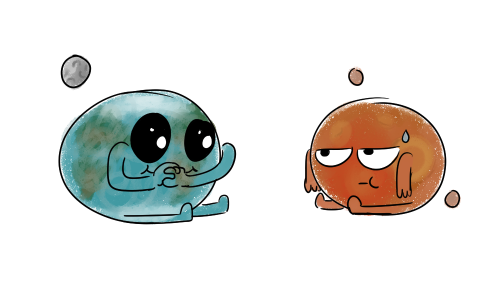
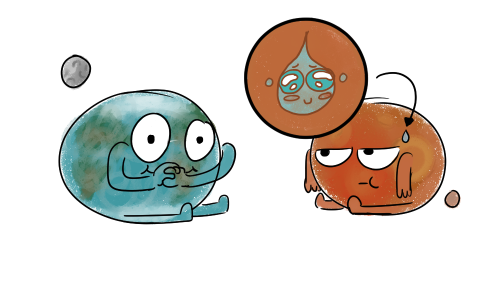


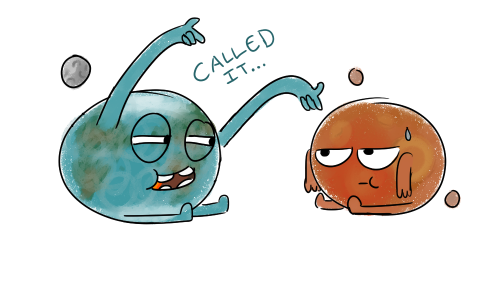
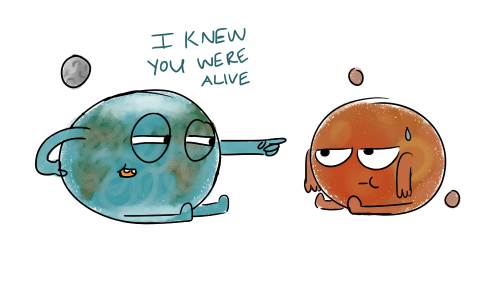
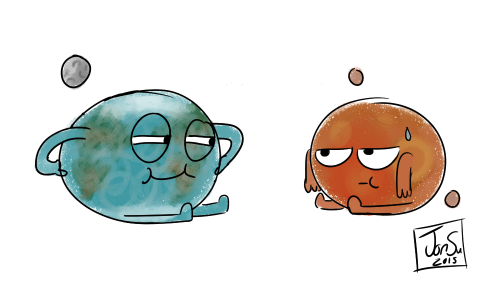
More Posts from Damphandoms and Others
As a kid I believed God created humans. As an adult I believe that humans created god.


Oh wow! This is amazing.

Countdown to #Thanksgiving, from 2011. Thanksgiving #Logic #xwhywebcomic #math #mtbos #Contrapositive
Astronomy Night at the White House
NASA took over the White House Instagram today in honor of Astronomy Night to share some incredible views of the universe and the world around us. Check out more updates from the astronauts, scientists, and students on South Lawn.

Here’s a nighttime view of Washington, D.C. from the astronauts on the International Space Station on October 17. Can you spot the White House?

Check out this look at our sun taken by NASA’s Solar Dynamics Observatory. The SDO watches the sun constantly, and it captured this image of the sun emitting a mid-level solar flare on June 25. Solar flares are powerful bursts of radiation. Harmful radiation from a flare can’t pass through Earth’s atmosphere to physically affect humans on the ground. But when they’re intense enough, they can disturb the atmosphere in the layer where GPS and communications signals travel.

Next up is this incredible view of Saturn’s rings, seen in ultraviolet by NASA’s Cassini spacecraft. Hinting at the origin of the rings and their evolution, this ultraviolet view indicates that there’s more ice toward the outer part of the rings than in the inner part.

Take a look at the millions of galaxies that populate the patch of sky known as the COSMOS field, short for Cosmic Evolution Survey. A portion of the COSMOS field is seen here by NASA’s Spitzer Space Telescope. Even the smallest dots in this image are galaxies, some up to 12 billion light-years away. The picture is a combination of infrared data from Spitzer (red) and visible-light data (blue and green) from Japan’s Subaru telescope atop Mauna Kea in Hawaii. The brightest objects in the field are more than ten thousand times fainter than what you can see with the naked eye.

This incredible look at the Cat’s Eye nebula was taken from a composite of data from NASA’s Chandra X-ray Observatory and Hubble Space Telescope. This famous object is a so-called planetary nebula that represents a phase of stellar evolution that the Sun should experience several billion years from now. When a star like the Sun begins to run out of fuel, it becomes what is known as a red giant. In this phase, a star sheds some of its outer layers, eventually leaving behind a hot core that collapses to form a dense white dwarf star. A fast wind emanating from the hot core rams into the ejected atmosphere, pushes it outward, and creates the graceful filamentary structures seen with optical telescopes.

This view of the International Space Station is a composite of nine frames that captured the ISS transiting the moon at roughly five miles per second on August 2. The International Space Station is a unique place—a convergence of science, technology, and human innovation that demonstrates new technologies and makes research breakthroughs not possible on Earth. As the third brightest object in the sky, the International Space Station is easy to see if you know when to look up. You can sign up for alerts and get information on when the International Space Station flies over you at spotthestation.nasa.gov. Thanks for following along today as NASA shared the view from astronomy night at the White House. Remember to look up and stay curious!
Reblog this if you are on the Science Side of Tumblr!
Lets see how many of us there actually are!

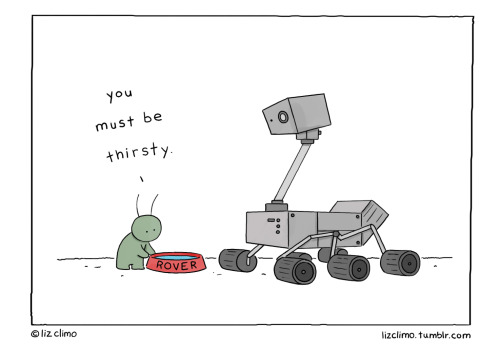
good boy.

SUPERnova!
To all my space loving followers: Nasa finally got Tumblr so go ahead and follow them!
Solar System: Top 5 Things to Know This Week
It’s only Tuesday and this week is already filled with news about our solar system. Here are the top five things to know this week:
1) Mars!

With five spacecraft in orbit and two rovers exploring the ground, there’s always something new and interesting about the Red Planet. Yesterday things got even more exciting when we released the most compelling evidence yet that liquid water sometimes flows on Mars today.
2) HTV-5 Cargo Ship

On Monday, the HTV-5 cargo ship was released from the International Space Station to burn up as it reenters Earth’s atmosphere. The HTV-5 carried a variety of experiments and supplies to the space station, and was docked for five weeks.
3) Pluto Continues to Excite

If you haven’t been keeping up with the weekly releases of newly downloaded pictures from our New Horizons spacecraft, you are definitely missing out. But don’t worry, we have you covered. The latest updates can be found HERE, be sure to follow along as new information is released. More images are scheduled to be featured on Oct. 1.
4) Cassini Mission

This week on Sept. 30, our Cassini spacecraft will reach the closest point to Saturn in it’s latest orbit around the planet. Just to put things in perspective, that will be Cassini’s 222nd orbit around Saturn! Learn more about this mission HERE.
5) What Happened to Mars’ Atmosphere?

Believe it or not, the Martian atmosphere we see today used to be much more substantial many years ago. What happened? Our Mars Atmosphere and Volatile EvolutioN (MAVEN) spacecraft has been in orbit around Mars for one Earth year, searching for the answers. Learn more HERE.
Make sure to follow us on Tumblr for your regular dose of space:http://nasa.tumblr.com

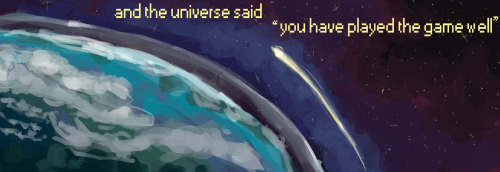


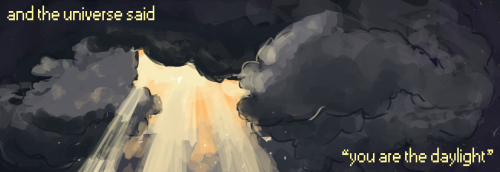
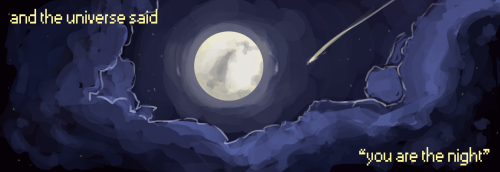
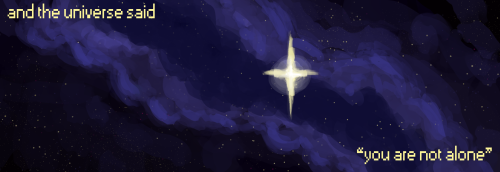
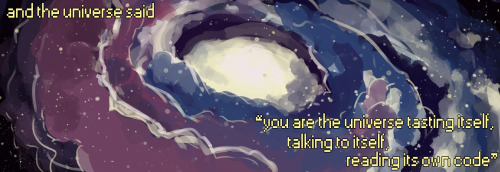

-
 woodenactor liked this · 8 months ago
woodenactor liked this · 8 months ago -
 dennismcollage liked this · 1 year ago
dennismcollage liked this · 1 year ago -
 comtiqulbeschpi liked this · 1 year ago
comtiqulbeschpi liked this · 1 year ago -
 senpaisimmer liked this · 1 year ago
senpaisimmer liked this · 1 year ago -
 wilddergretna liked this · 1 year ago
wilddergretna liked this · 1 year ago -
 fitzz-siimmons liked this · 1 year ago
fitzz-siimmons liked this · 1 year ago -
 marleens-diary liked this · 1 year ago
marleens-diary liked this · 1 year ago -
 devileaterjaek liked this · 2 years ago
devileaterjaek liked this · 2 years ago -
 whimsicalwishes2010 reblogged this · 2 years ago
whimsicalwishes2010 reblogged this · 2 years ago -
 rusttycarrott liked this · 2 years ago
rusttycarrott liked this · 2 years ago -
 iwillhaveamoonbase liked this · 2 years ago
iwillhaveamoonbase liked this · 2 years ago -
 sugarbear2001 liked this · 2 years ago
sugarbear2001 liked this · 2 years ago -
 saratrofa liked this · 2 years ago
saratrofa liked this · 2 years ago -
 feeverdreeaam reblogged this · 2 years ago
feeverdreeaam reblogged this · 2 years ago
Hello I'm a girl in 8 grade from Germany, I really love Science and Space ^_^🌗🌘And in case you haven't noticed I'm an atheist :3
72 posts